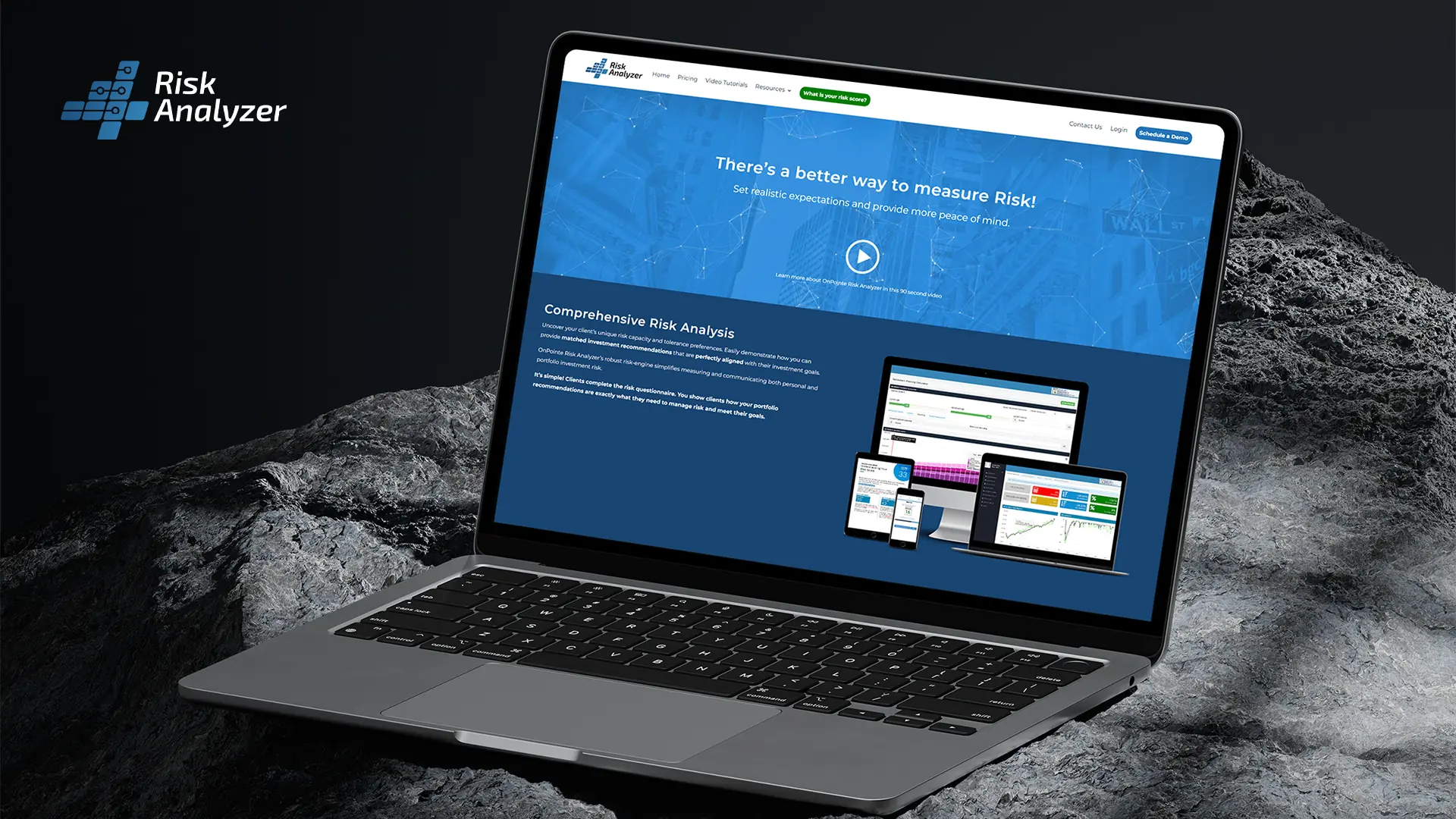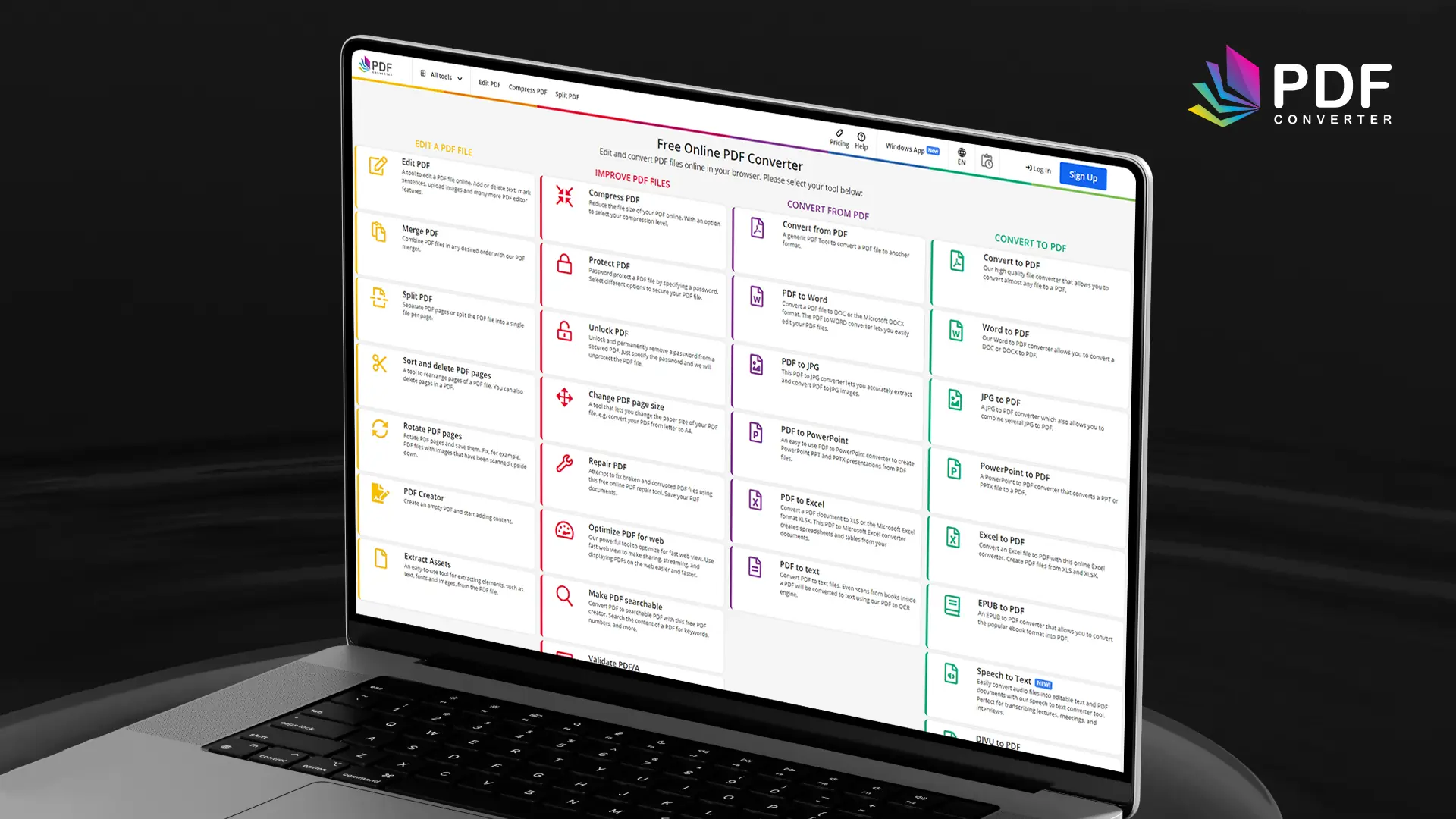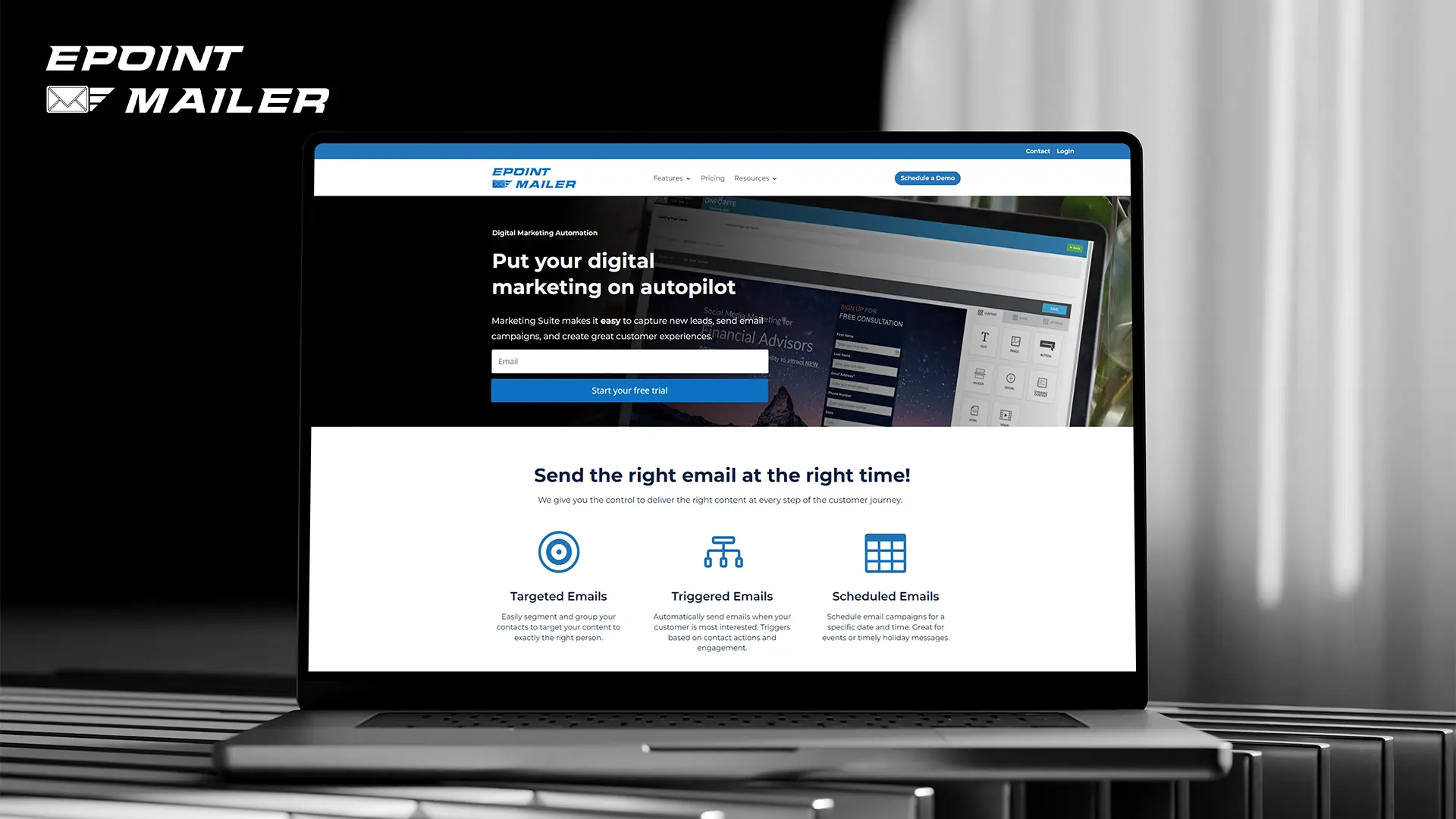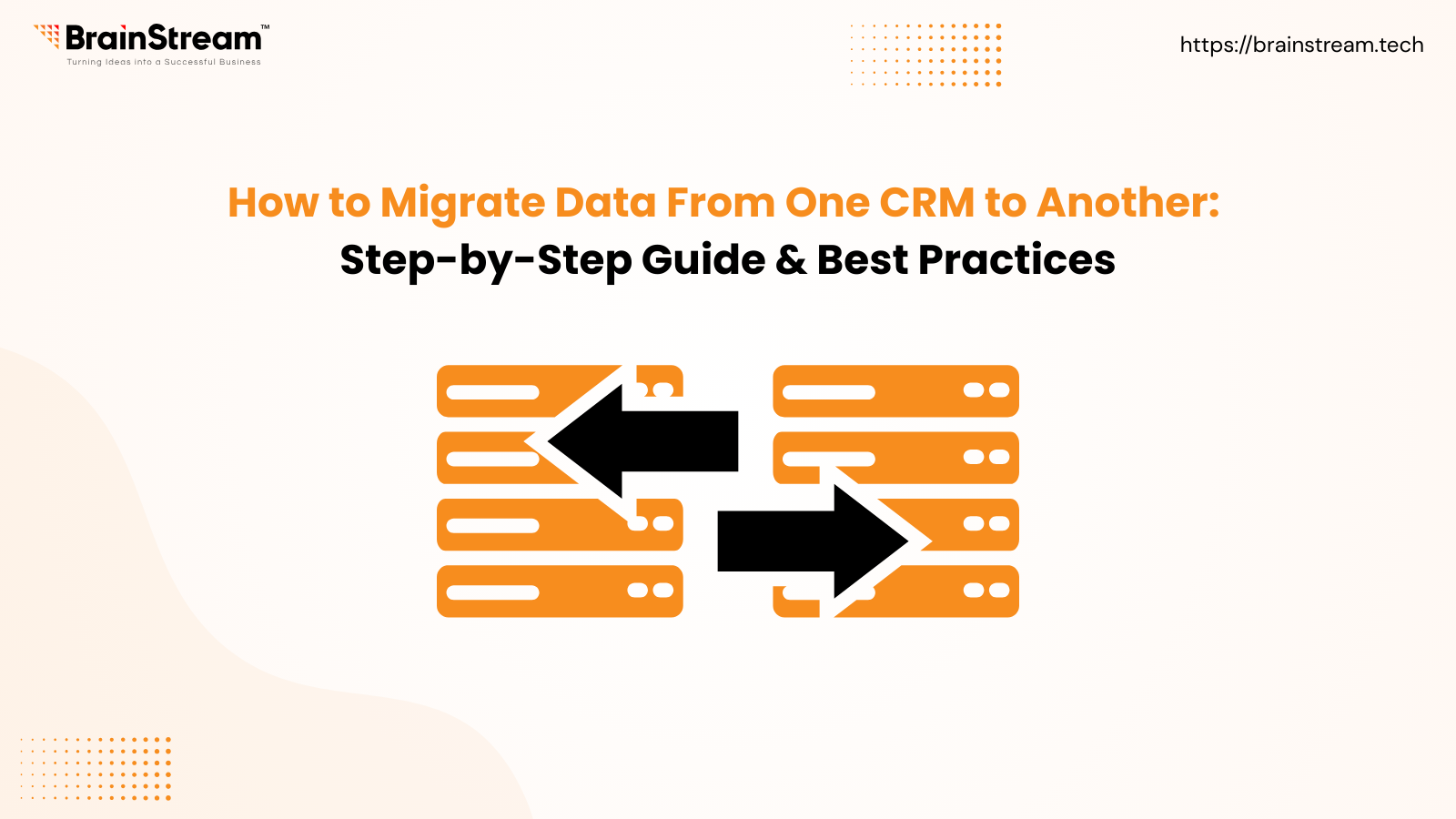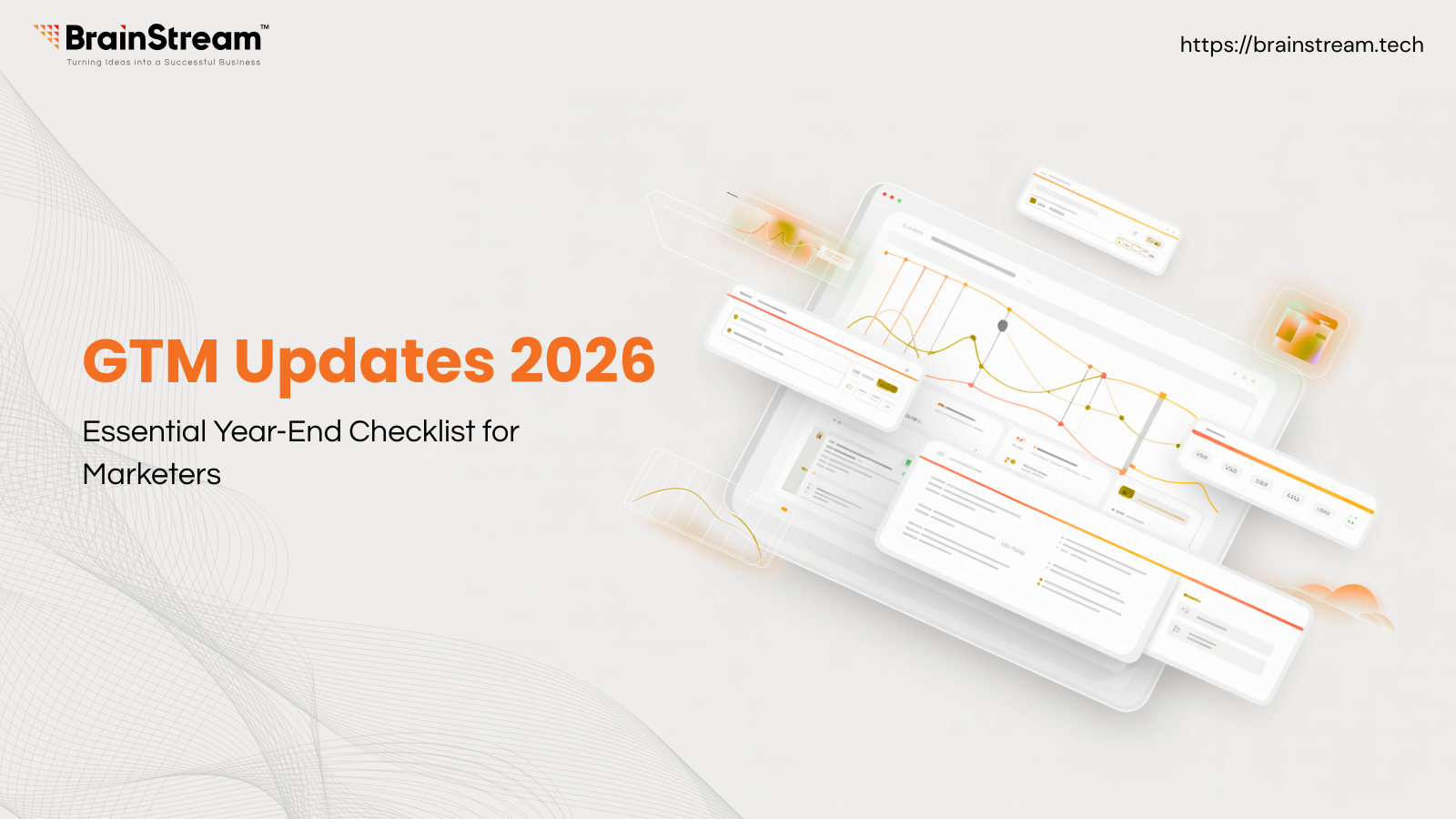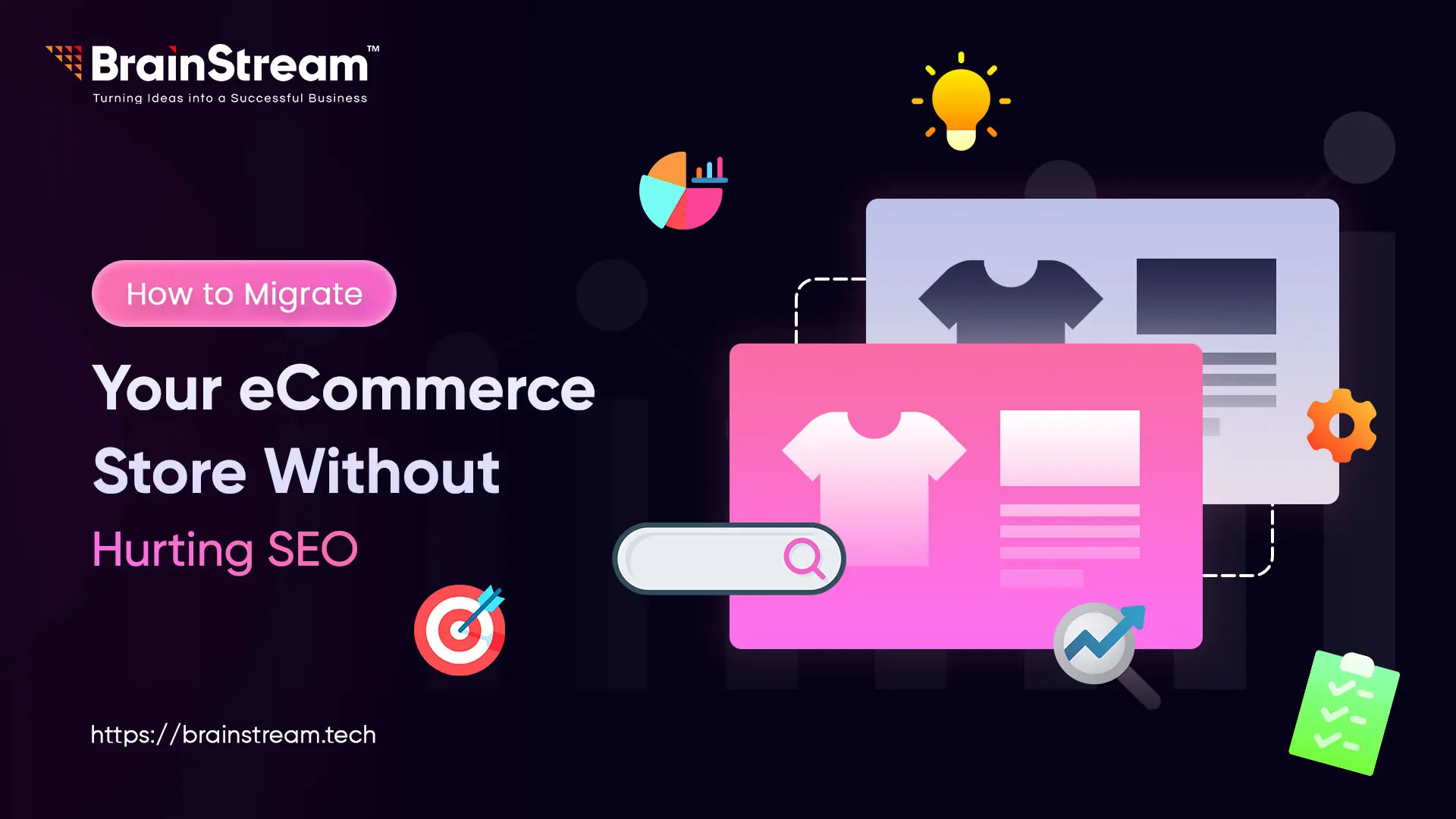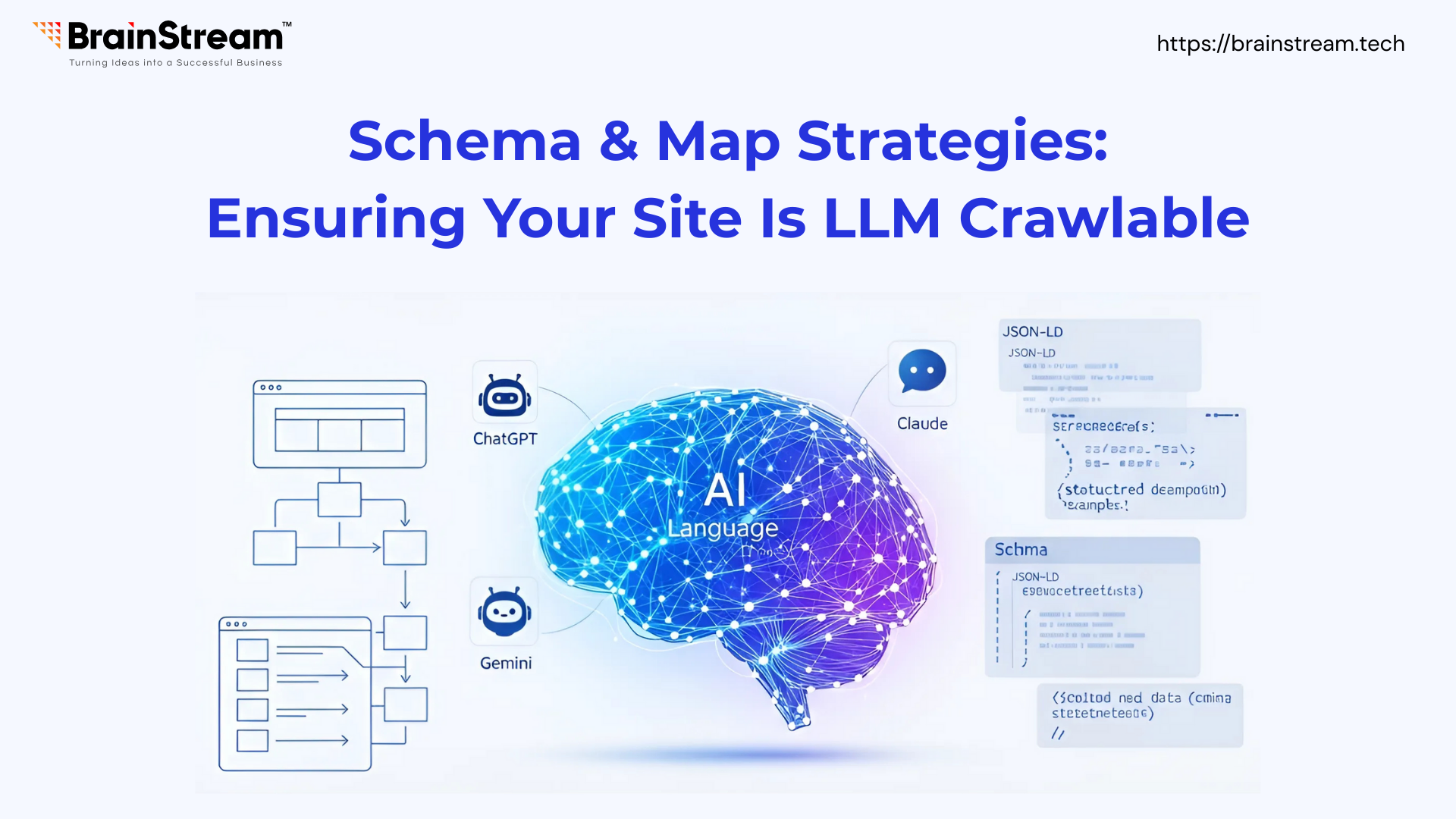
Summary:
Making your website LLM-crawlable is the next step in SEO. Traditional crawlers like Googlebot rely on sitemaps and indexing, while LLMs (like ChatGPT or Perplexity) need structured context through schema markup and well-organized maps. By using FAQ schema, sitemap strategies, and tools like Google Rich Results Test, Yoast SEO, and Screaming Frog, you can ensure both search engines and AI models easily understand your content. This boosts visibility across SERPs and AI-powered answers, keeping your site future-ready.
September 3, 2025
Search is no longer just about ranking on Google. In 2025, the rise of AI-driven discovery engines powered by large language models (LLMs) like ChatGPT, Claude, and Gemini has changed the way people find answers online.
Your website may be perfectly optimized for Google, but if it isn’t LLM-crawlable, you risk being invisible in this new AI-powered ecosystem.
Enter schema markup and site maps (sitemaps), which can be thought of as the translator that interprets your content to machines and the map that displays how to navigate the site.
In this guide, we will look at how schema and site maps can make your site LLM-friendly, increasing discoverability and encouraging your brand to appear in AI-generated responses.
What Does LLM-Crawlable Mean?
Being “LLM-crawlable” means large language models can easily read, understand, and quote your website’s content.
Unlike search crawlers, which index content for ranking, LLMs process your content for context. They require well, and properly structured data to be able to pull answers with certainty.
- SEO = Optimize for ranking on search engines.
- LLM-crawlability = Optimize for discovery in AI-generated answers.
Example:
Imagine you run a fitness website.
- A Google search may rank your article on the morning workouts in 10 minutes on the first page.
- However, if users type in, “What is a quick exercise I can do in the morning at home?” ChatGPT may not reference you.
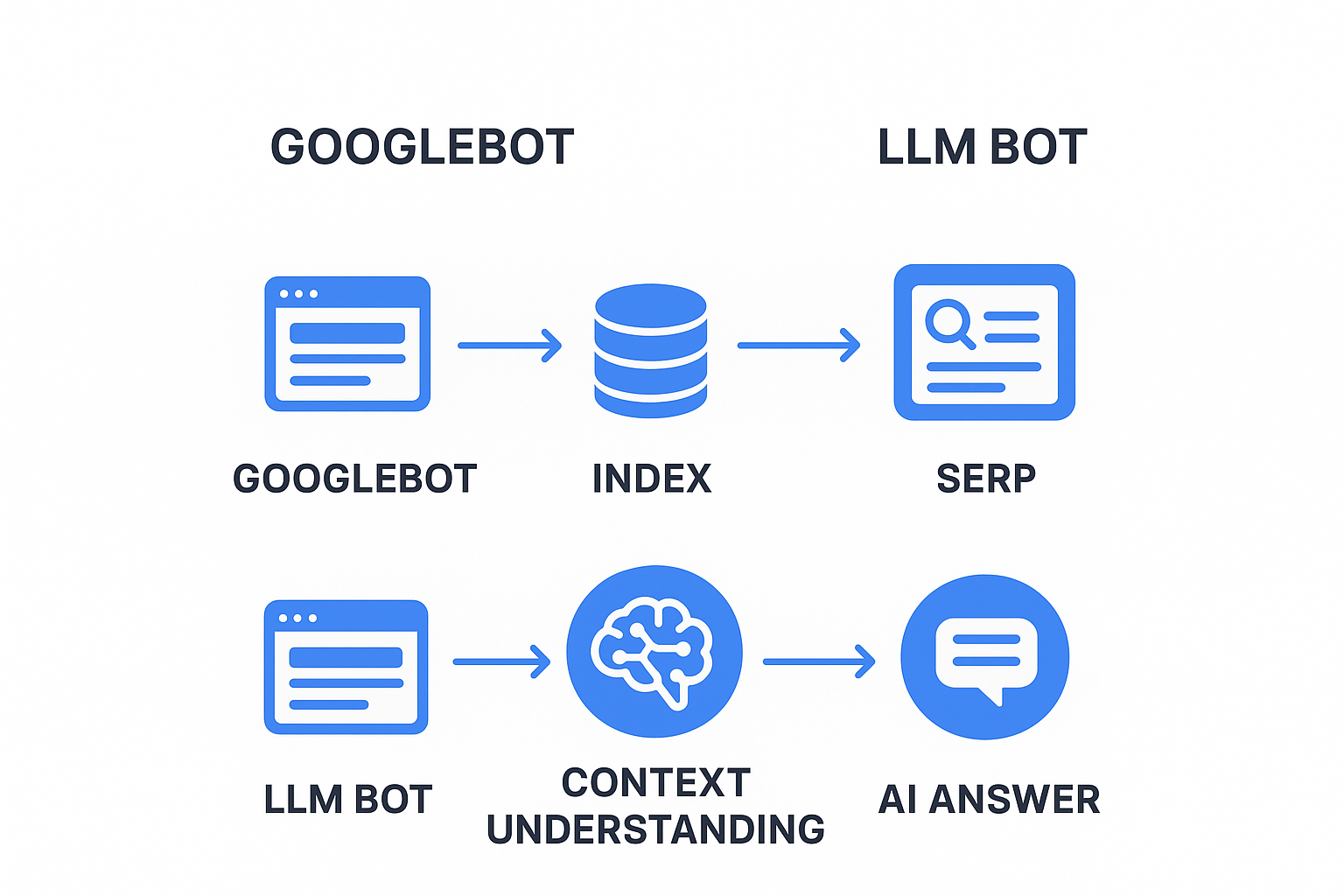
Why Schema Markup Matters
Schema markup is a convention of marking the content of your website so machines can parse it correctly.
When one is reading as a human being:
“Our office is open from 9 AM to 5 PM, Monday to Friday.”
They can grasp it readily.
A crawler, indeed, might fail to pick up the meaning. With the help of Schema, which can be put in this way:
{
"@context": "https://schema.org",
"@type": "LocalBusiness",
"name": "FitLife Gym",
"openingHours": "Mo-Fr 09:00-17:00"
}Now crawlers and LLMs instantly understand:
- This is a business.
- Its name is FitLife Gym.
- It’s open Mon–Fri, 9–5.
The following Schemas can be helpful to the LLM discovery process:
- FAQPage – Great for Q&A visibility.
- HowTo – This is ideal for how-to tutorials or step-by-step instructions.
- Article / Blog Posting – Makes sure the author, publishing date, and headline are clear.
- Organization – Determines your brand identity.
- Product – Includes price, stock, and reviews.
Benefits of Schema for LLMs
- It helps your text be found in AI-designed responses.
- Decreases confusion- the message of your brand is like a blinding light
- Increases trustworthiness as a source.
Google’s Rich Results Test tool is showing a validated FAQ schema.
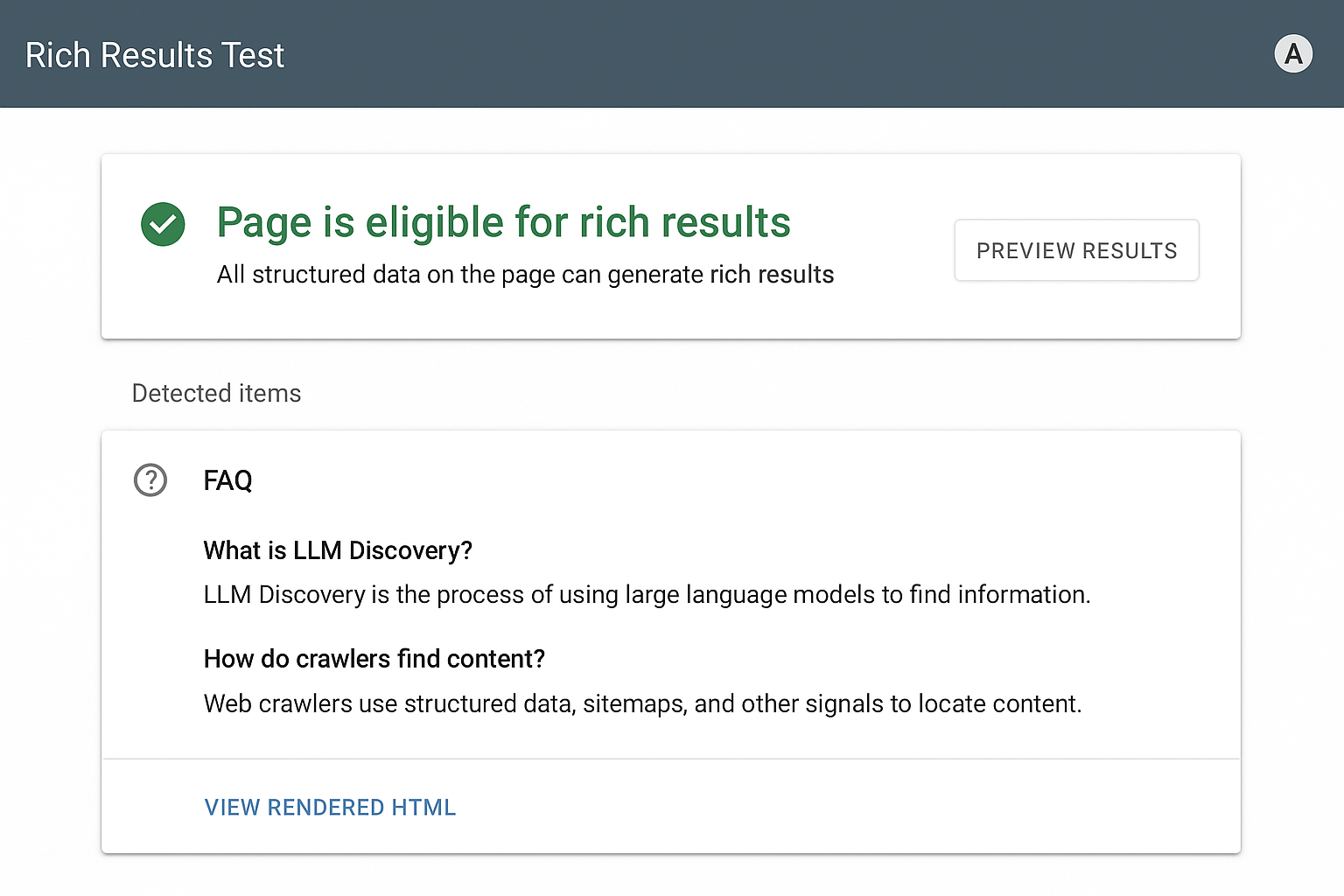
Building an Effective Website Map for Crawlers
A sitemap is a navigation map that search engines and LLM bots use to move around your website. It ensures they do not stray when navigating your site.
Types of Sitemaps
- An XML Sitemap is a machine-readable map of your site (recommended by crawlers).
- HTML Sitemap – Suits both humans and bots.
Best Practices for an SEO + LLM-Friendly Sitemap
- Keep it clean – Include only important pages, not thin or duplicate ones.
- Update regularly – New information must be shown periodically.
- Segment by type – e.g., blog-sitemap.xml, products-sitemap.xml.
- Submit to crawlers – Submit your sitemap.xml URL in the Google Search Console or the Bing Webmaster Tools.
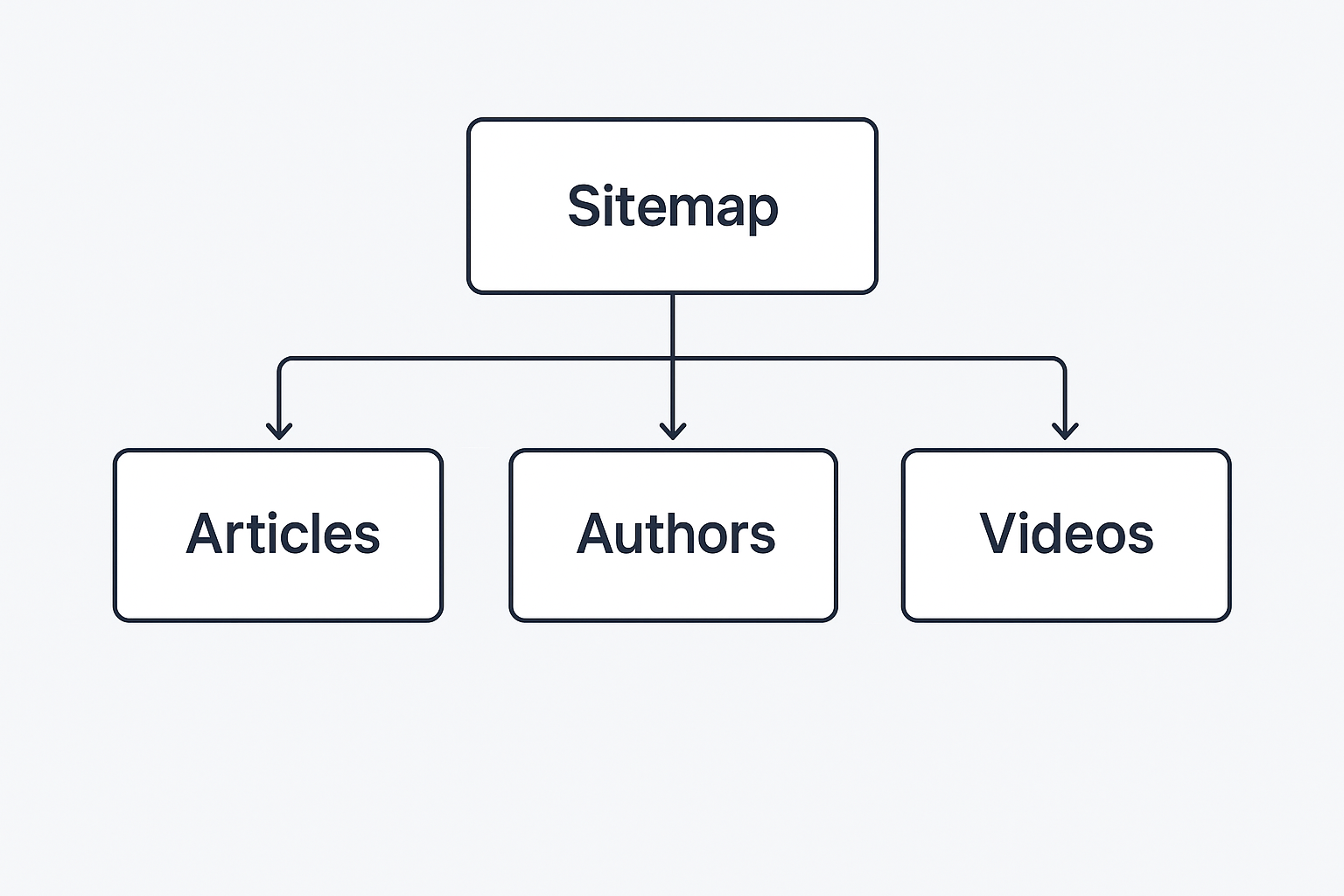
How Schema + Sitemaps Work Together
Think of schema and sitemaps as two halves of the same puzzle:
- Schema = Page Level Meaning
- Explains what each page is about.
- Sitemap = Site Level Structure
- Shows crawlers how pages connect.
Example
A cooking website with:
- Recipe pages with HowTo Schema markup on them per recipe.
- An XML sitemap of all recipes broken out by category.
Result = Google shows recipe snippets + ChatGPT can confidently pull and cite “your chocolate cake recipe” in its answer.

Practical Example: Optimizing an FAQ Page
Let’s say you run a digital marketing agency. You create a page answering client questions like:
- “What is SEO?”
- “How long does it take to see results?”
With FAQ Schema:
{
"@context": "https://schema.org",
"@type": "FAQPage",
"mainEntity": [{
"@type": "Question",
"name": "What is SEO?",
"acceptedAnswer": {
"@type": "Answer",
"text": "SEO is the process of optimizing your website to rank higher in search engines and improve visibility."
}
}]
}Both Google and ChatGPT understand it’s a Q&A format and can pull your answer directly.

Tools to Help You Implement Schema & Sitemaps
The good news is that you don’t have to code everything from scratch.
Schema Tools
- Google Structured Data Markup Helper
- Merkle Schema Generator
- Yoast SEO (WordPress plugin)
Sitemap Tools
- Yoast SEO / RankMath (auto-generate XML sitemaps in WordPress)
- Screaming Frog (generate large-scale sitemaps)
- XML-sitemaps.com (quick manual tool)
Testing Tools
- Google Rich Results Test
- Schema.org Validator
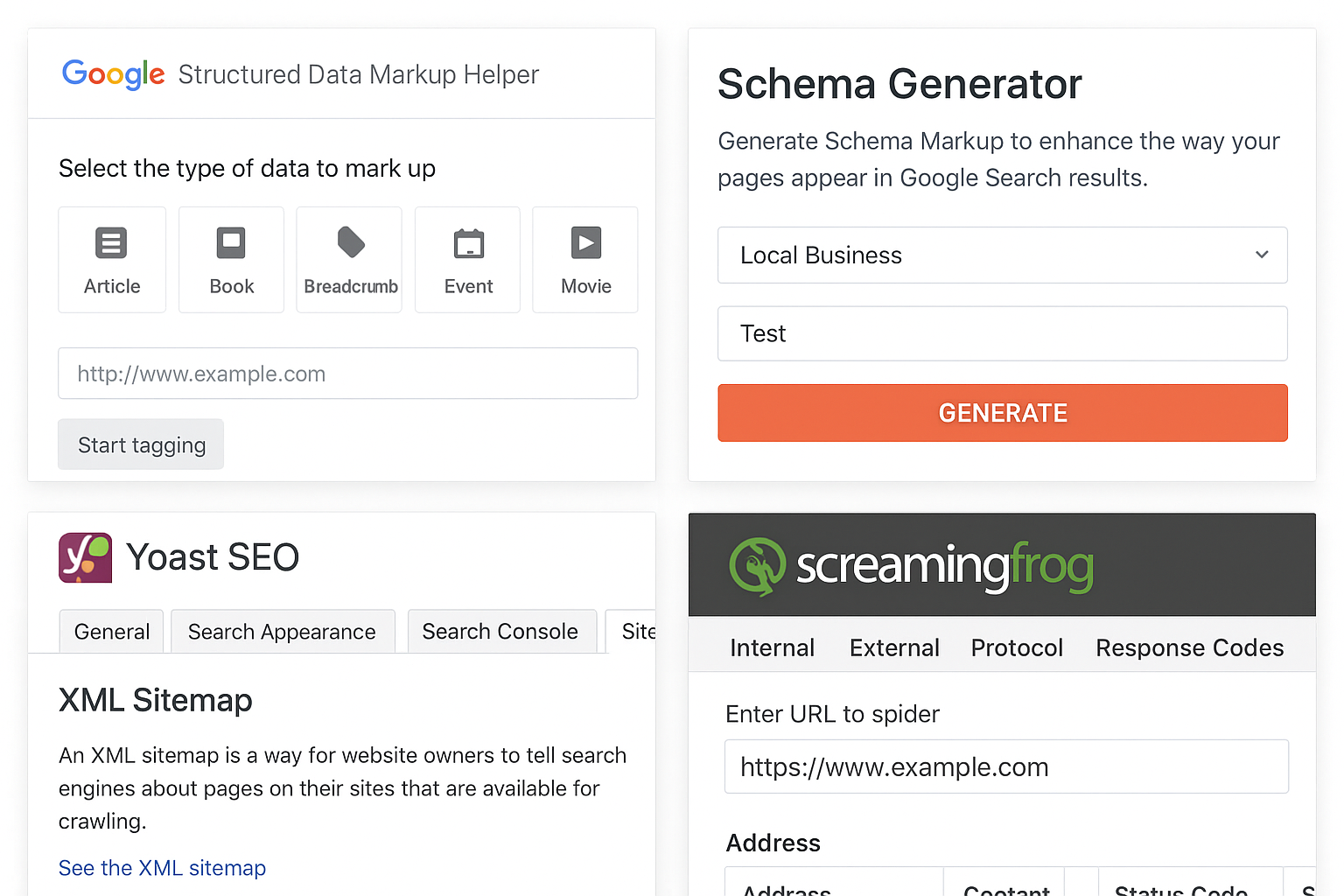
Future Outlook: Preparing for AI-Driven Discovery
Achieving the future of SEO is to become AI-first discovery. That means:
- Structured data (schema) will continue to become even more important.
- Sitemaps must change to become AI maps, indicating content to the LLMs.
- A new format called llms.txt is being developed to allow you to specify access to your site by AI models, similarly to robots.txt.
When structured, mapped content is being used by brands, it will give them a massive first-mover advantage in terms of appearing in the search results generated by AI.
Conclusion
SEO was a way to improve your search ranking, and LLM-crawlability is the means to increase AI references.
Schema creates meaning to your content.
- Sitemaps create order in your site.
- Unified, they ensure your brand is discovered, trusted, and cited by the next generation of AI-based crawlers.
- Donâ naughtiness wait (until) your competitors (sic) are the ones appearing in AI answers. Begin using schema markup implementation and optimizing your sitemap right away.
Don’t wait until your competitors show up in AI answers. Start implementing schema markup and optimizing your sitemap today.
Related Blog
Digital Marketing
GTM Updates 2026: Essential Year-End Checklist for Marketers
In the technologically exciting world of AI tools and data-intensive marketing platforms, Google Tag Manager (GTM) may seem outdated. However, this shouldn't detract from the fact that even in 2026, GTM will remain one of the most powerful tools in...
Digital Marketing
How to Migrate Your eCommerce Store Without Hurting SEO
As you know, migrating your e-commerce store is like renovating your house. You want to move to something better, more modern, and scalable – but in the process, if you’re not careful, you risk losing everything that was already working...
Digital Marketing
AI SEO: How Search Optimization is Being Transformed
Digital marketing depends much on SEO, or search engine optimization. It enables businesses to rank higher on search engines, thereby generating organic traffic and potential customers. But as search engines develop and user behaviour changes, conventional SEO strategies become insufficient....

Keep up-to-date with our newsletter.
Sign up for our newsletter to receive weekly updates and news directly to your inbox.

